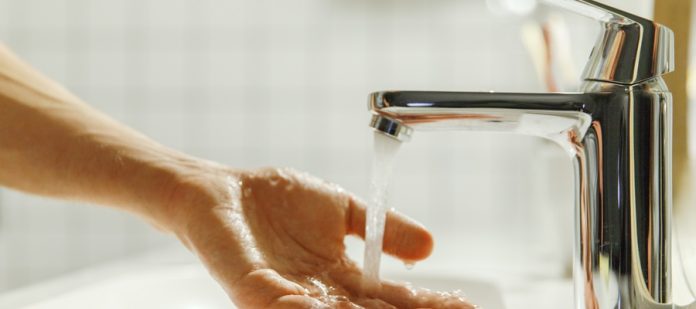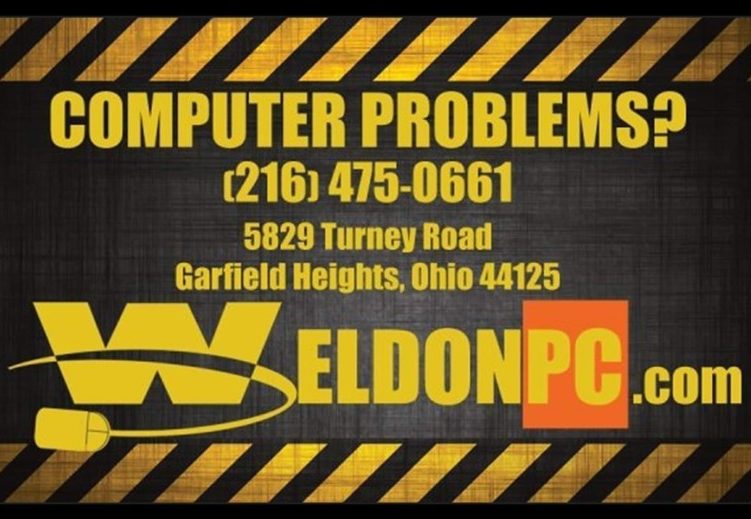If you’ve been taking lukewarm showers lately, you’re probably wondering what’s going on. You’re in the right place. Continue reading to explore the reasons the water isn’t getting hot enough in your home and what you can do today to fix it.
1. Sediment Buildup in the Water Heater
Minerals in your water settle at the bottom of the tank over time. That layer of sediment acts like a blanket between the heating element and the water, so the tank struggles to reach the right temperature. You might hear popping or rumbling as water bubbles through the debris.
Most manufacturers recommend flushing the tank once or twice a year. You can attach a garden hose to the drain valve, shut off the power to the water heater, and drain until the water runs clear. If you live in a hard-water area, consider installing a whole-home filter or a softener to slow the buildup and extend your heater’s life.
2. Thermostat Setting Is Too Low
A quick thermostat tweak solves a lot of lukewarm water complaints. Some homeowners set the temperature lower to save energy, then forget about it. Most manufacturers recommend 120 degrees Fahrenheit, but the best temperature settings for your water heater will depend on your family’s needs. Check both thermostats on an electric tank (upper and lower). On a gas unit, check the dial near the gas valve.
3. Faulty Heating Element
Electric water heaters rely on two heating elements. When one fails, you get shorter hot showers or inconsistent temps. A plumber can determine whether you should replace the heating element or the entire unit. If you have a gas water heater, check the burner flame. A steady blue flame is a sign of normal combustion. A lazy yellow flame signals you need to call a pro.
4. Issues With Plumbing
Lukewarm water could be a signal that you have a plumbing issue rather than a faulty water heater. Crossed hot and cold lines at a faucet or mixing valve can dilute hot water. A worn shower cartridge can do the same. Older homes sometimes lose heat through long, uninsulated runs of pipe. Insulate exposed hot water lines and fix leaky faucets to keep heat where you want it.
If you’re still not sure why the water isn’t getting hot enough in your home, schedule a quick inspection with a licensed plumber. You’ll get a clear diagnosis and a plan to restore long, steamy showers fast.

























